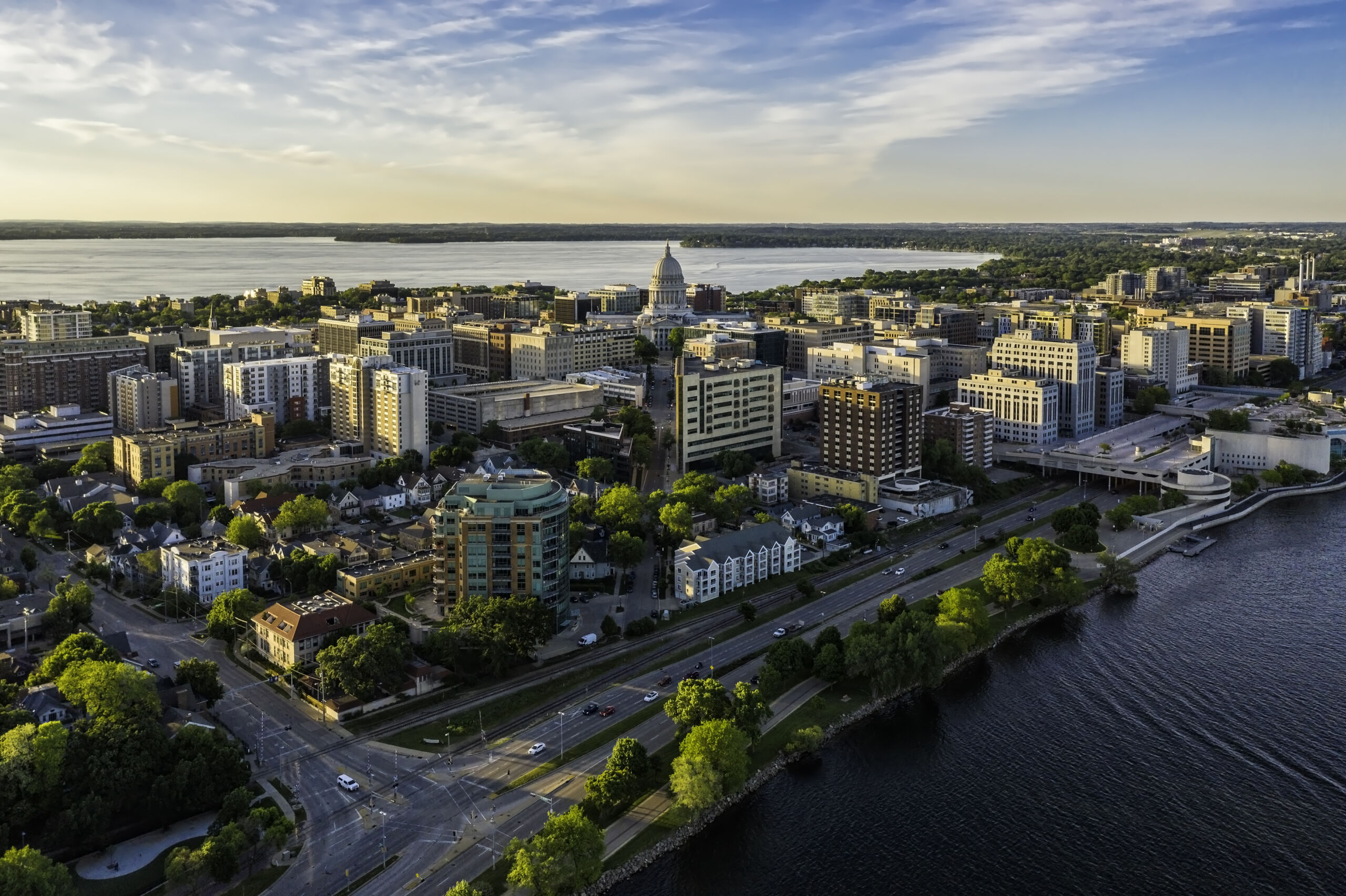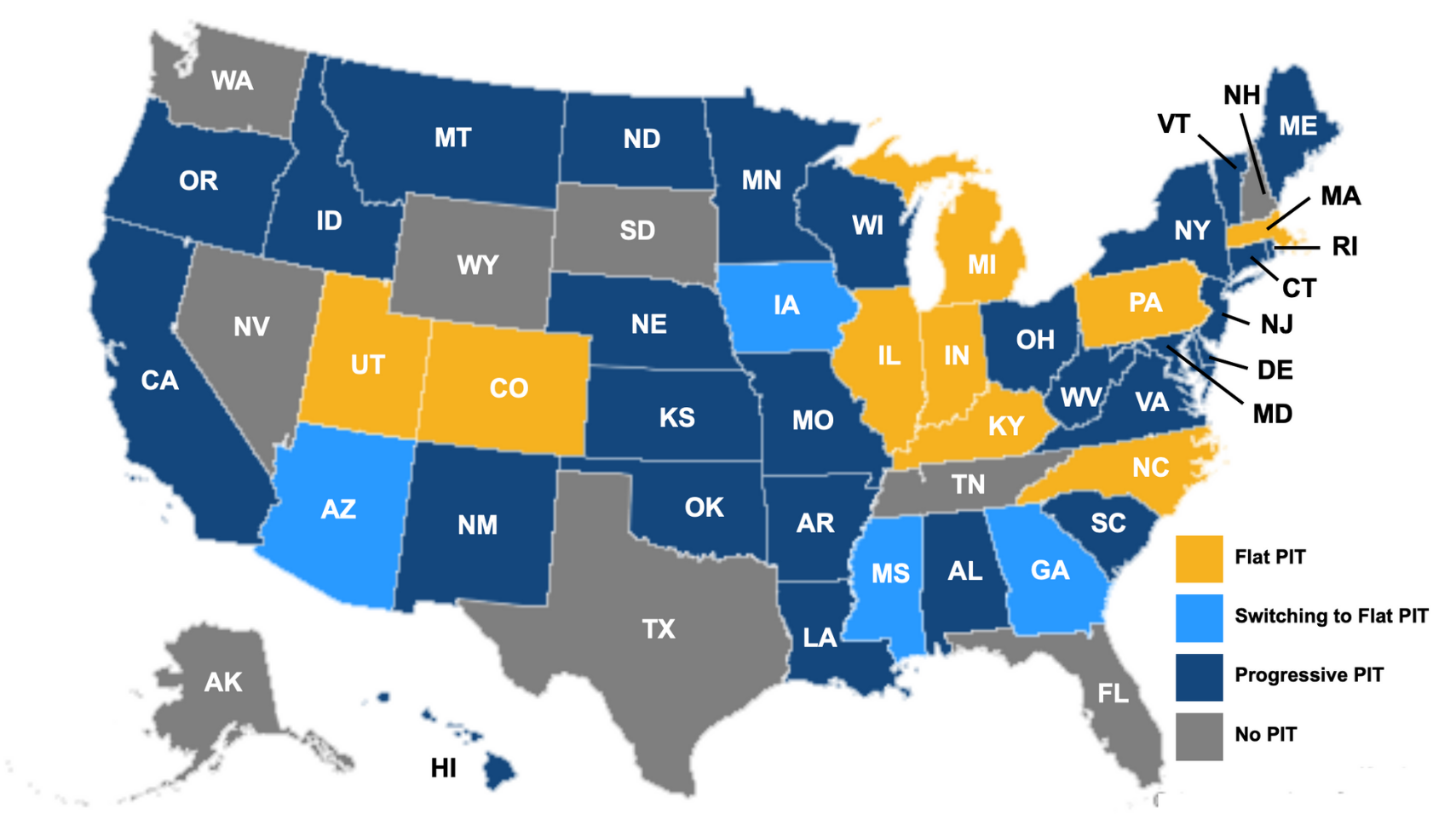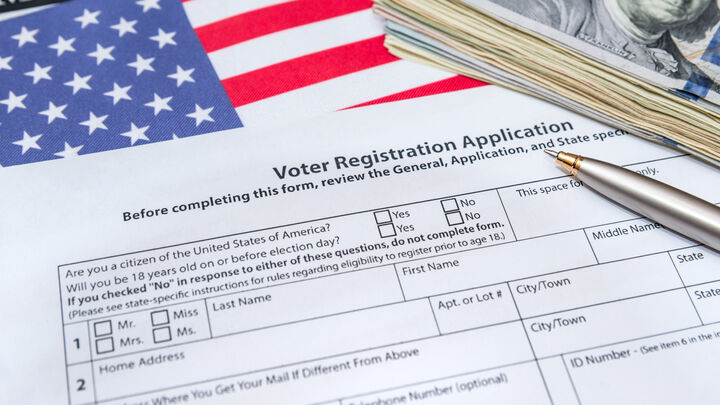The Problem: Despite being the second-largest expenditure in the Department of Transportation’s budget, local road aids many times are not leading to the efficient and timely upgrade and maintenance of local roads.
One-time spending in the form of a bipartisan federal infrastructure bill added an additional $280 million to the DOT’s budget, the bulk of which will be spent on state highway rehabilitation next year.[1] Local transportation facilities and local bridge improvements are slated to receive $83 million and $61 million, respectively. This is in addition to the $1.2 billion dollars for local, rural roads approved by the legislature and the Governor in the most recent state budget.[2]
Wisconsin is one of the highest spenders in the country on roads, highways and state aids to local governments for transportation. However, given the state’s location in the northern Midwest with long, cold winters, a large proportion of rural roads and the infrastructure needs of the state’s large manufacturing and agricultural industries, Wisconsin’s transportation spending makes sense and is mostly in line with neighboring states.
However, in practice our funding formula for local roads tends to favor spending that is not related to actual road construction and maintenance in the most needed places and is in fact frequently being used to subsidize other costs. Larger municipalities receive transportation dollars through a formula that uses share of road spending and eligible costs while smaller towns and villages receive transportation dollars through a mileage formula that does not incentivize spending on actual roads.[3] This often means that rural communities receive a lot of local road aids that they do not always spend on road construction and maintenance and smaller municipalities tend to get fewer road aids though their usage, number of lanes and actual average transportation needs tend to lead to more strain on their transportation budgets.
The Solution: A change to the General Transportation Aids (GTA) formula for local roads is a good place to start. This begins at the Department of Transportation, which has the authority without legislative action required to change the formula to prioritize funding directly for actual road maintenance and construction over transportation-related costs and bureaucracy. This formula change could of course also be required by legislative action.
Alternatively, lawmakers may wish to completely overhaul the current GTA funding formula to base it on a variety of factors neighboring states use that we do not currently consider when appropriating local road aids such as: number of lanes and type of road surfacing; population and road usage; actual average need of maintenance, lighting, and related expenditures.
In addition, the new GTA funding formula could incentivize municipalities to make wise decisions that lead to longer-lasting roads that effectively meet the usage needs of the community. Technological innovation is happening in road construction as in every other industry, and we need to ensure scientific and competitive advances are incentivized in road construction.
Resources:
